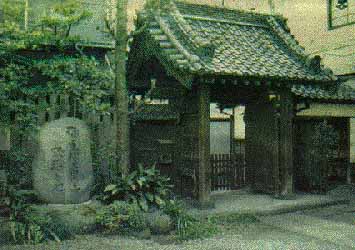Judo was developed by Professor Jigoro Kano from a martial art called Jujutsu (also spelled Jujitsu). Professor Kano opened the Kodokan Dojo in Tokyo, Japan in the year 1882 and started to train students in Nippon-Den-Kodokan-Judo. Judo, which means the “gentle way”, is not only concerned with attack and defense techniques but the physical conditioning and total health that could be attained from its practice. The meaning of the word Ju (gentleness) denotes not resisting the strength of the opponent, adapting to it, and taking advantage of it by turning it to one’s own advantage. The meaning of the word Do (way) denotes not just methods or techniques, but also signifies strict moral principles which are essential in striving for “Self-Perfection as a human being”. The judo principle can be best expressed by the words left by Professor Kano (as translated in Keiko Fukuda, Born for the Mat (1973, pp. 9):
Judo is considered to be a scientific and rational sport. Although all modern sports possess scientific attributes, judo, especially, is a sport with waza and movements based on scientific principles. The Japanese saying, ju yoku go o seisu (gentleness controls strength), aptly expresses judo’s essence, which is based on physics and its scientific application of force principles. Use of strength against strength is not judo. To overcome a force with another force exceeding the opposing strength is nothing more than the use of strength and waza is not required. Judo, however, is mastering the skill of waza to readily fell an opponent using a force much less than the opponent’s strength. In other words, the ‘waza’ takes advantage of the opponents force by using the physics principle for one’s own benefit. If pushed, one moves back without resistance. If the opponent retreats, then one advances. A smaller person can throw a larger person through this application. The phrase sei ryoku zen yo expresses the essence of judo’s rational attribute. ‘Seiryoku‘ refers to mental and physical forces and ‘zenyo‘ means to put to good use. Together sei ryoku zen yo means to use one’s own mental and physical forces to accomplish worthwhile goals most efficiently. This is to say, for performing any task (physical or otherwise), there will be a precise opportunity (or timing) when one’s effort can most effectively be applied. The judo training is to master the alertness to detect such an opportunity and seize that instance to exert oneself to use one’s own force most effectively. By learning and mastering the judo’s essence from experience, we can always maintain composure, make decisions clearly, and foster self-esteem throughout our living in this complex society. …..translated from Matsutaro Shibazaki, Judo (1974, pp. 11-12) The Eishoji Temple where Judo began.
|



